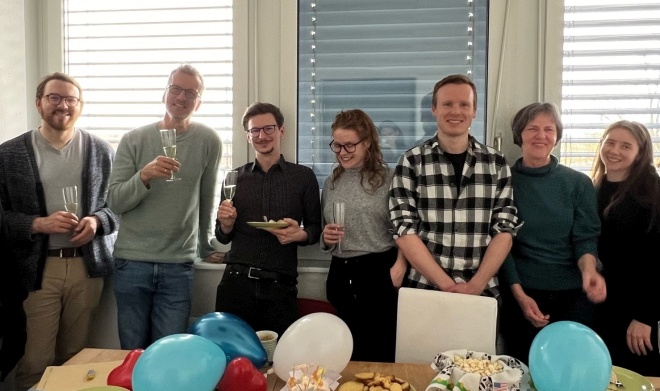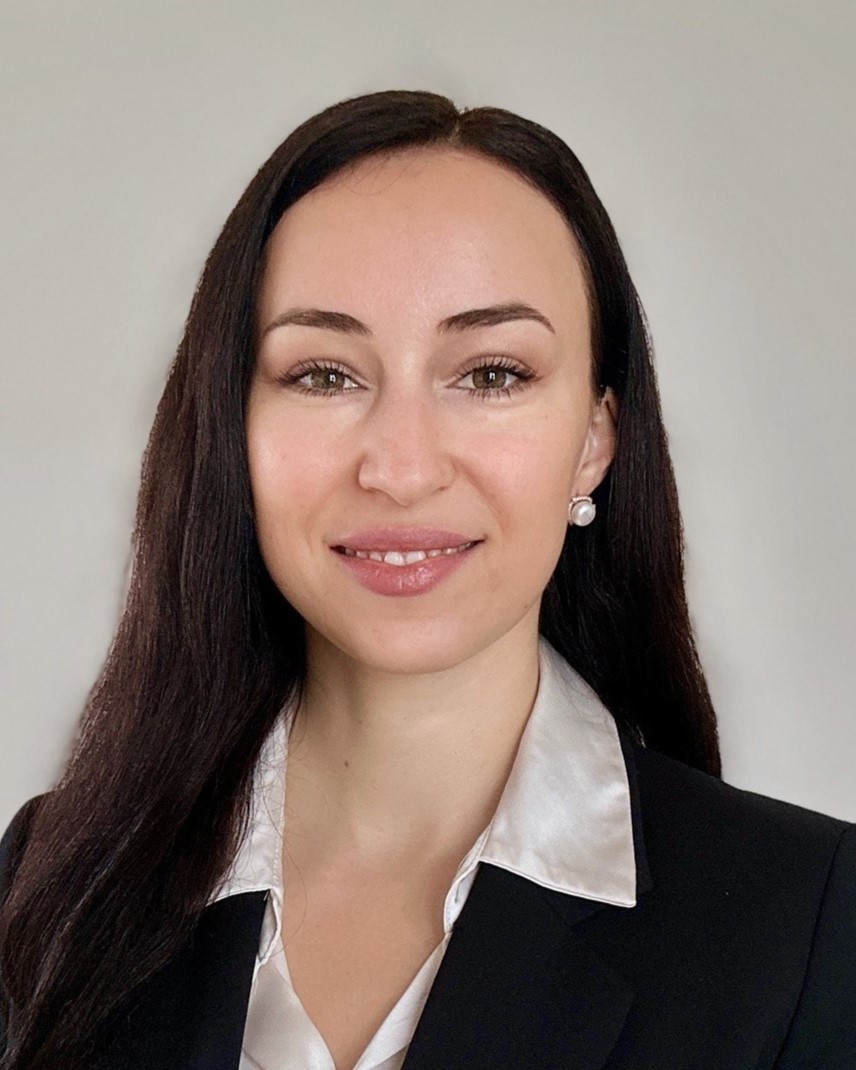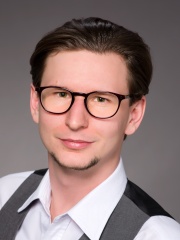
From left to right: Paul Compensis, Oliver Schultheiss, Kevin Janson, Emilia Pekarek, Niels Picard, Heidi Reichmann, Marlies Haffki
|
|
|

|
Professor,, 2007, Friedrich-Alexander University, Erlangen, Germany
Dr. phil., 1996, Friedrich-Alexander University, Erlangen, Germany
Dipl.-Psych., 1994, Friedrich-Alexander University, Erlangen, Germany
Curriculum vitae I
became interested in implicit motives as an undergraduate student,
and the interest soon turned into a passion to which I have dedicated
all my research ever since. My main areas of research are the
endocrine underpinnings of implicit motives, the relationship
between implicit and explicit levels of motivation, the role of
implicit motives in the processing of facial expressions of emotion,
and how implicit motives influence Pavlovian and instrumental
learning. Recently, I have also started to examine the ability
to quickly name nonverbal stimuli as a fundamental cognitive trait
and how this trait interacts with brain asymmetries in perception
and motor control in a variety of phenomena related to motivation
and personality.
|

|
Curriculum vitae
.My research explores harm avoidance motivation triggered by imminent or potential threats. Naturally, I have a strong interest in fear and anxiety, particularly their neurocognitive foundations. I am currently developing and validating a thematic apperception-based measure of the harm avoidance motive. To achieve this, I utilize psychophysiological indicators of affect, including electrodermal activity, facial electromyography, and salivary biomarkers such as cortisol and alpha-amylase, alongside cognitive behavioral tasks.
|

|
Curriculum vitae
.My research explores harm avoidance motivation triggered by imminent or potential threats. Naturally, I have a strong interest in fear and anxiety, particularly their neurocognitive foundations. I am currently developing and validating a thematic apperception-based measure of the harm avoidance motive. To achieve this, I utilize psychophysiological indicators of affect, including electrodermal activity, facial electromyography, and salivary biomarkers such as cortisol and alpha-amylase, alongside cognitive behavioral tasks.
|

|
Curriculum vitae
In 2011, during my first course at university, I was asked to write six imaginative stories in response to the presentation of some old and grainy pictures. At first I found this odd, but in the following months I learned how the content coding of these stories can provide insight into human needs and desires. From that point on, I was hooked on implicit motive research. Today, I study the functional connections between motives, attention, and learning, as well as the relationship of these processes to clinical phenomena.
|
 |
Curriculum vitae I am interested in steroid hormones and their associations with emotional regulation, motivation, and behavior—specifically affiliation, power, and sexual motivation. One of my main areas of focus is the study of hormonal changes during the menstrual cycle. I like interdisciplinary approaches, such as integrating biomarkers and psychophysiological measurements into motivation science. Additionally, I use multilevel modeling analyses, which enable a crucial differentiation between inter- and intra-individual effects, particularly in longitudinal studies.
|
Michael Anuzis
Albert Bertram
Benjamin Dirlikov
Gelena Dlugash
Anja Fiedler
Bettina Glaiber
Stacie Graham
Julie Hall
Jessica Hinzmann
Nicolette Jones
Martin Köllner
Annette Kordik
Scott Liening
Jeff MacInnes
Alexandra Mader
Elizabeth A. Meier
Tiffiany Murray
Jonathan Oxford
Joyce
S. Pang
Maika Rawolle
Kathrin Riebel
Andreas Rösch
Ramona Roch
Ekjyot Saini
Daniel Schad
Anja Schiepe
Maria Schultheiss
Ishita Sheth
Steven J. Stanton
Carola Walther
Jamie Wazenkewitz
Katy Welsh
Michelle
M. Wirth
Diana Yankova
|
Joachim
C. Brunstein, University of Giessen
Stephanie
Brown, University of Michigan
Kenneth L. Campbell, University
of Massachusetts, Boston
Andy
Elliot, University of Rochester
Barbara
L. Fredrickson, University of North Carolina at Chapel Hill
Todd M. Thrash, The College of
William & Mary
Brenda
Volling, University of Michigan
Wilma Bucci, Adelphi University
|
Christoph
Schultheiss (physicist), Research Center Karlsruhe, Karlsruhe, Germany
|
|

